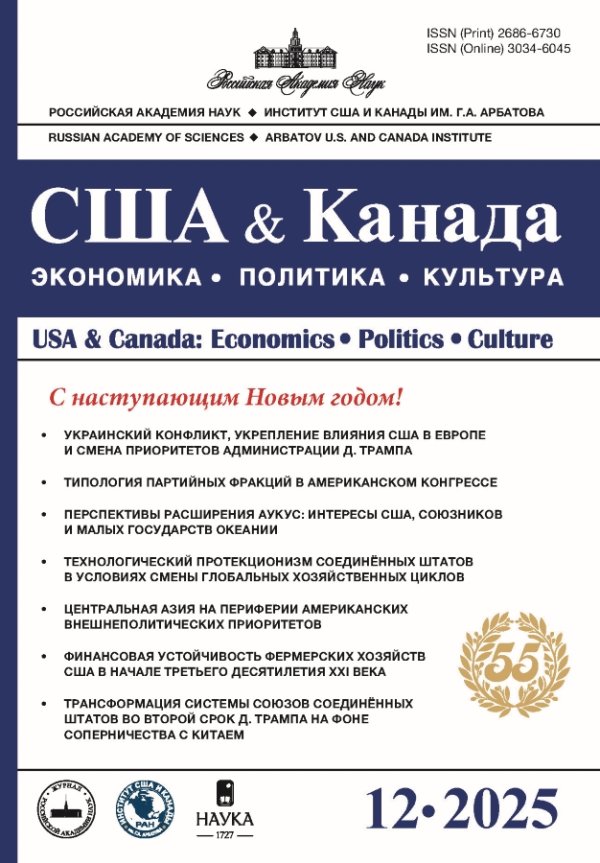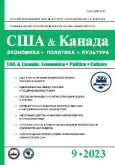Canada’s claim to the continental shelf in the Arctic
- Authors: Volodin D.A.1
-
Affiliations:
- Georgy Arbatov Institute for U.S. and Canada Studies Russian Academy of Sciences (ISKRAN)
- Issue: No 9 (2023)
- Pages: 46-60
- Section: Geopolitics
- URL: https://journals.rcsi.science/2686-6730/article/view/142100
- DOI: https://doi.org/10.31857/S2686673023090043
- EDN: https://elibrary.ru/KFYYIU
- ID: 142100
Cite item
Full Text
Abstract
About the authors
Dmitry Anatolievich Volodin
Georgy Arbatov Institute for U.S. and Canada Studies Russian Academy of Sciences (ISKRAN)
Email: dmvldn@gmail.com
References
- Казмин Ю.Б. 2010. К вопросу о внешней границе континентального шельфа России в Арктике. Международная жизнь, № 3, C. 12-35.
- Максимова Д.Д. 2017. Арктические интересы Канады. Канада: современные тенденции развития. К 150-летию государства. Отв. Ред. В.И. Соколов. - М.: Весь мир, C. 280-302.
- Beesley, A. 1972. The Law of the Sea Conference: Factors Behind Canada Stance.International Perspectives, July-August, P. 28-35.
- Buzan, B., Middlemiss, D. 1977. Canadian Foreign Policy and the Exploitation of the Seabed. Canadian Foreign Policy and the Law of the Sea. Ed. by B. Johnson, M. Zacher. - Vancouver: UBC Press, P. 1-51.
- Byers, M. 2013.International Law and the Arctic. - Cambridge: Cambridge University Press, 314 p.
- Graham, B. 2016. The Call of the World: A Political Memoir. Vancouver: UBC Press, 470 p.
- Riddell-Dixon, E. 2014. The Seven-Decade Quest to Maximize Canada's Continental Shelf.International Journal, No. 3, P. 422-443.
- Riddell-Dixon, E. 2017. Breaking the Ice: Canada, Sovereignty, and the Arctic Extended Continental Shelf. - Toronto: Dundurn Press, 2017, 343 p.
- Riddell-Dixon, E. 2020. Canada's Arctic Submission to the Commission on the Limits of the Continental Shelf. Canada and the Maritime Arctic: Boundaries, Shelves, and Waters. Ed. By W. Lackenbauer, S. Lalonde, E. Riddell-Dixon. NAADSN. Available at: https://www.naadsn.ca/wp-content/uploads/2020/03/CanadaMaritimeArctic-PWL-SL-ERD-2020.pdf (accessed 18.05.2023)
- Verhoef, J., Mosher, D., Forbes, S. 2011. Defining Canada's Extended Continental Shelves. Geoscience Canada, No. 2. P. 85-96.
Supplementary files










